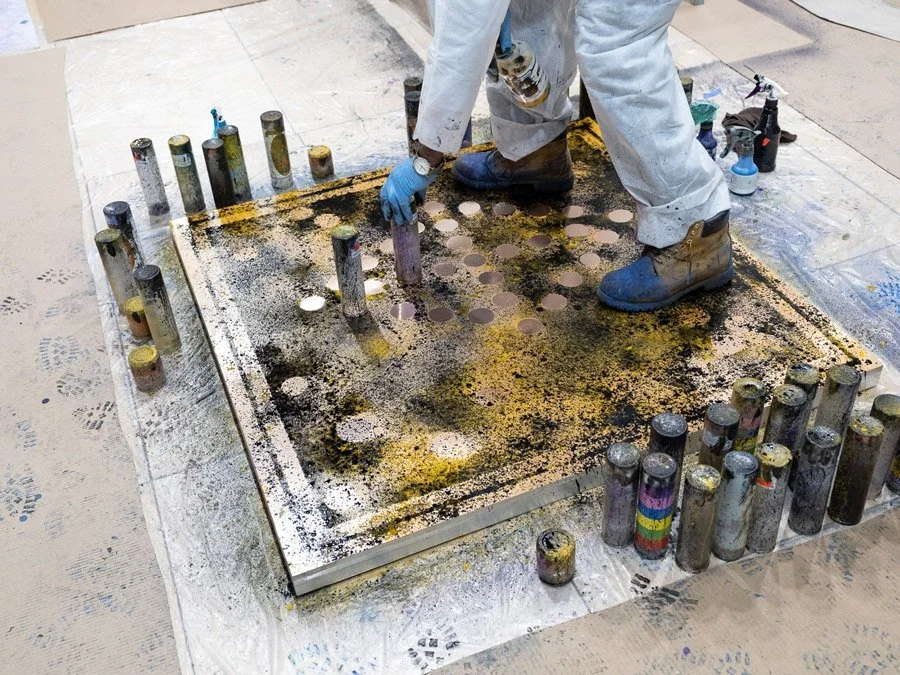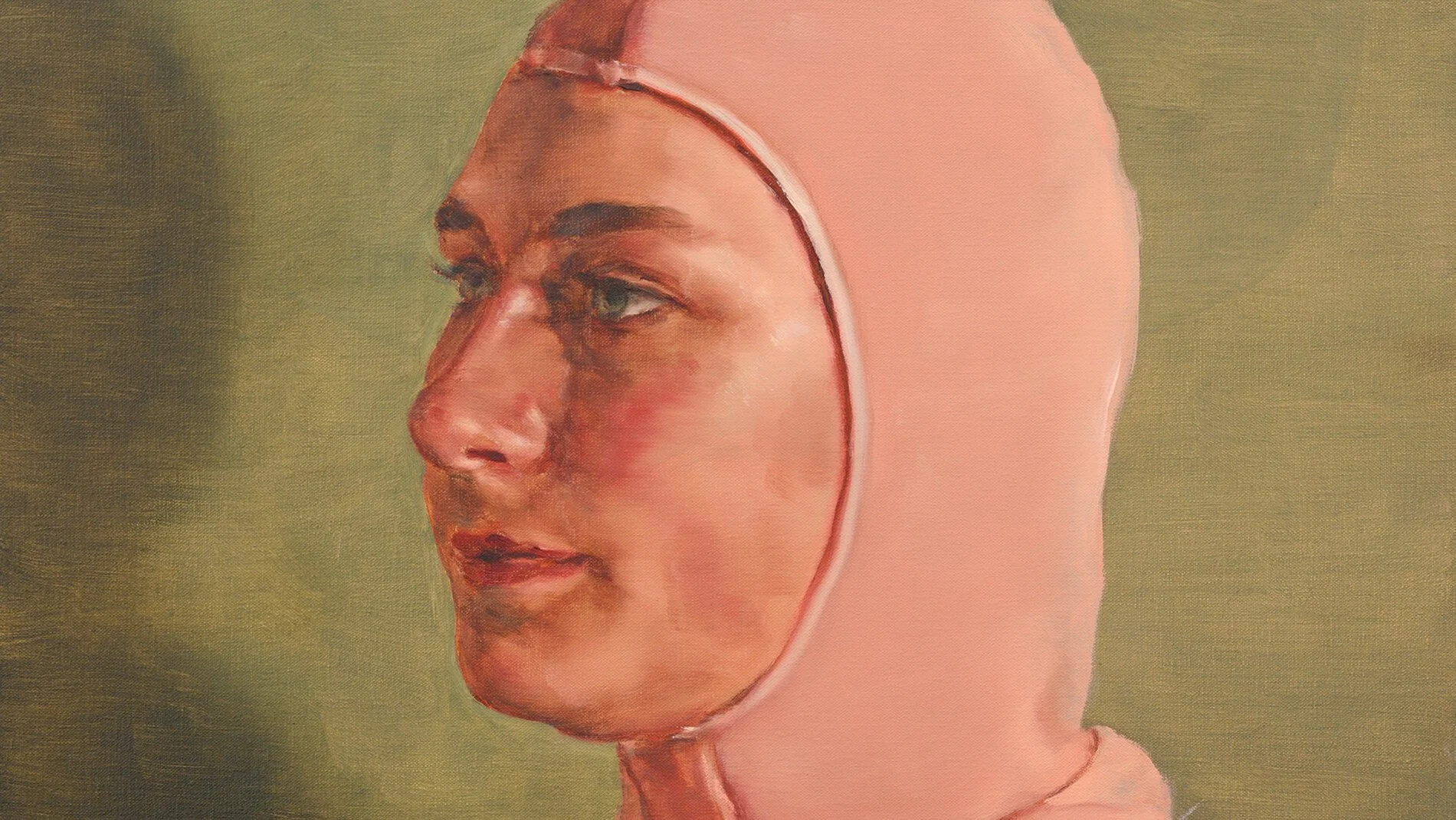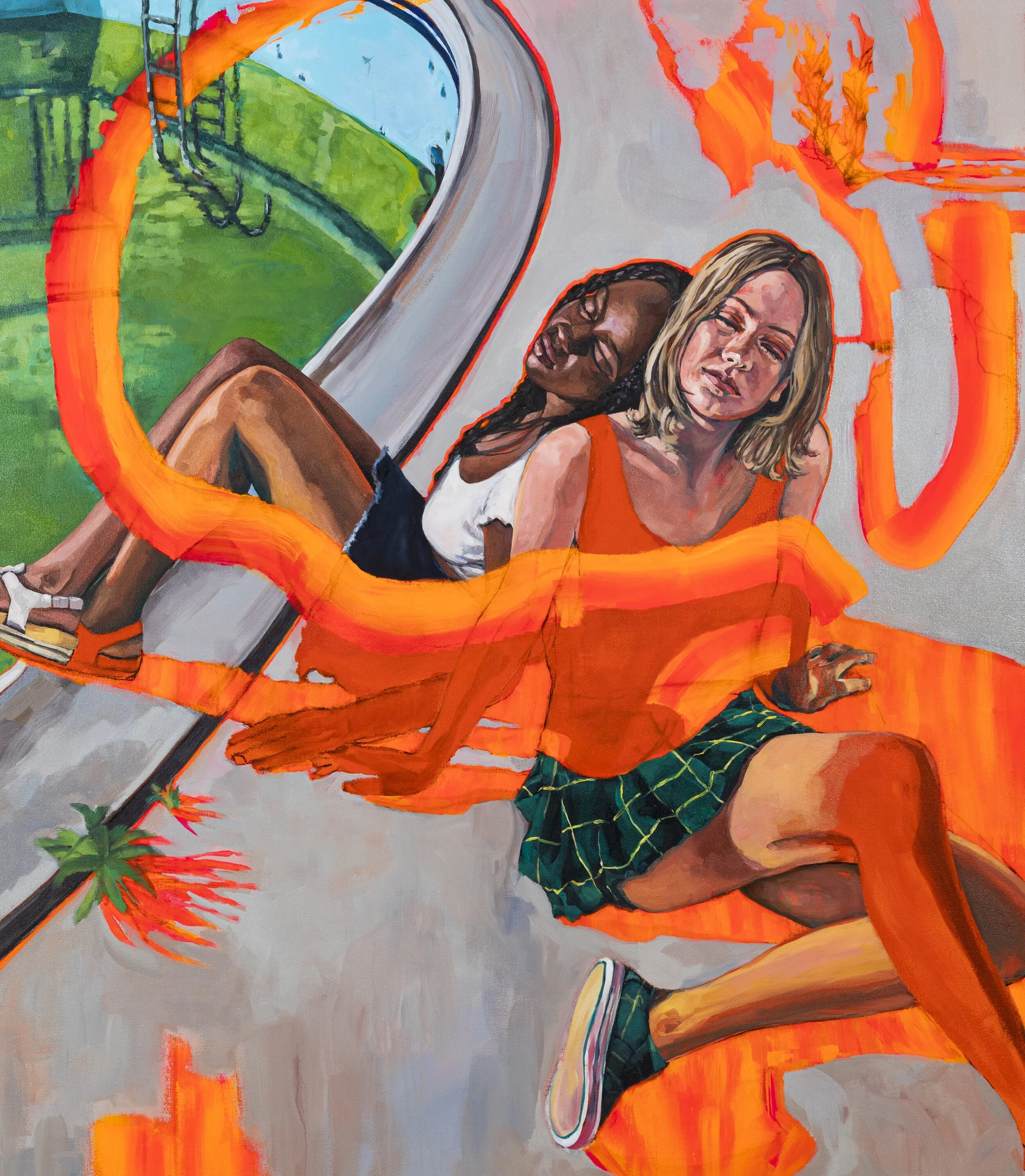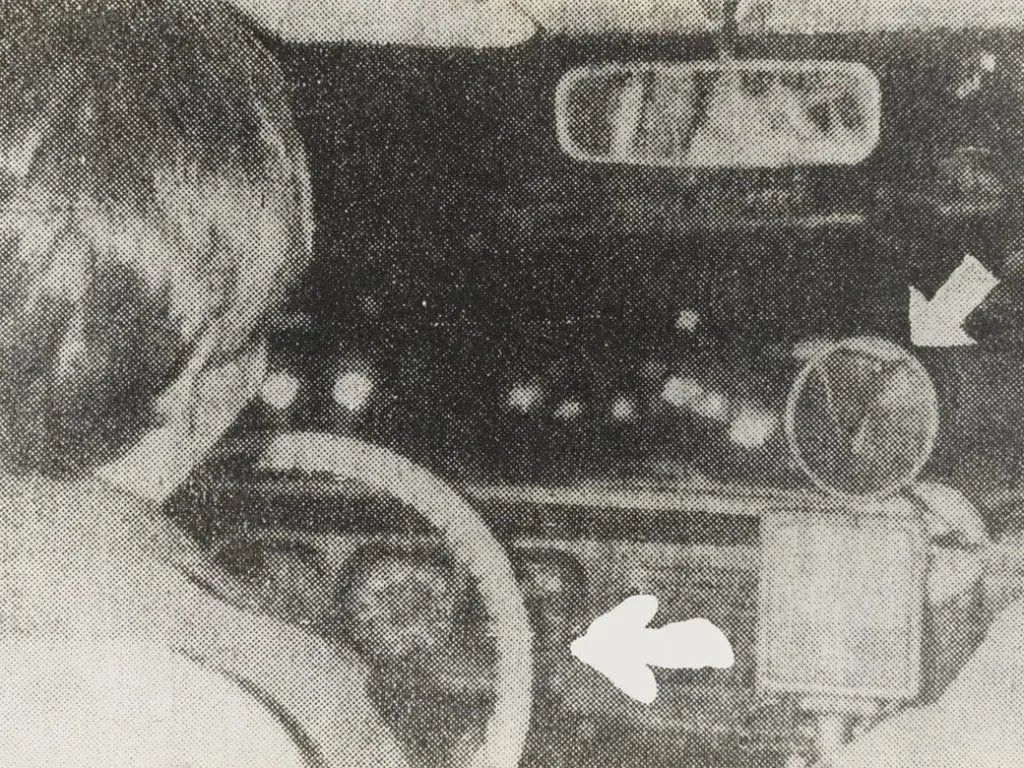Nari Ward
“I’ll Take You There; A Proclamation”
Lehmann Maupin
New York, 501 West 24th Street
Ranging in scale from the monumental to the domestic, Ward creates sculptures and installations composed from discarded material found and collected in his Harlem neighborhood, including repurposed objects such as baby strollers, shopping carts, bottles, keys, cash registers, and shoelaces, among other materials. Ward re-contextualizes these found objects in thought-provoking juxtapositions that create complex, metaphorical meanings and confront social and political issues surrounding race, gentrification, and community, intentionally leaving the meaning of his work open to allow viewers to construct their own interpretations. For this exhibition, the artist’s sixth solo presentation with Lehmann Maupin, Ward has created four text-based works constructed from shoelaces, two large-scale sculptural installations, a video work, and a series of new copper panels.
Perennial themes of memorial, remembrance, and societal relationships have permeated Ward’s practice—from his early, now iconic installation Amazing Grace (1993), composed of discarded fire hoses and hundreds of abandoned baby strollers, to the work he is creating today. In I’ll Take You There; A Proclamation, ideas of commemoration, community, and the reclamation of public space are explored through the medium of public streets. Inspired by the many sidewalk memorials that sprang up during the Covid-19 pandemic in the absence of places where people traditionally mourn, which were closed or restricted due to public health concerns, many pieces incorporate the candles, teddy bears, and liquor bottles often found at these sites. In each work, Ward nimbly combines elements of the artist studio, the art world, and street life to invite reevaluations of these spaces and emphasize the inherent fluidity and interconnection that exists between them.
The exhibition opens with the expansive Still Lives with Step Ladders, a large-scale installation comprised of bottles, candles, milk crates, suitcases, and step ladders filled with cement, all covered with dark landscaping cloth often used to separate good soil from bad. Inspired by Giorgio Morandi’s muted still lifes of bottles and jugs (echoed in the compositions on top of each ladder), Ward set out to create a deeply intentional composition, bringing these disparate elements together to form a cohesive landscape. The austere work is evocative, suggesting aerial views of a city skyline or the somber outlines of a graveyard, yet it remains abstract enough to trigger the imagination of the viewer, allowing us to superimpose our own meanings and making the work at once more personal and more universal. Despite its immersive scale, the work cannot be entered—instead, it is meant to be reflected on like any other still life, its exact topography continuously evolving as viewers shift their vantage point by walking around the installation.
Many of the bottles and candles in Still Lives with Step Ladders are arrayed in the form of the Congolese cosmogram, an ancient prayer symbol representing the cycle of birth, life, death, and rebirth and used by Ward across his Breathing series. Another throughline from previous bodies of work is seen in the large copper Peace Walk panels, which are patterned after sidewalk squares to create a cross in the center of each composition. To make these works, Ward collected flowers, spent candles, empty liquor bottles, and other objects from various street memorials in his neighborhood (always bringing fresh replacements for anything removed) and arranged them on the copper panels in new configurations. Ghostly outlines of each object were created by applying patina to the copper surface, with the unpredictability of the oxidation creating a dialogue with the material and leaving room for chance to play out across the structure of the sidewalk grid. Ward describes these works as being “all about the emanation of light,” and the striations from the candles and reflections and refractions from the liquor bottles allude to spirits, both spiritual and alcoholic.






